More than 30 years ago, Son La was known as the capital of opium poppy (pre-processed to make opium - opium poppy), but thanks to the efforts of the people and the government, opium poppy has been completely eradicated. The land that used to grow opium is now the largest fruit growing area in the North.
From Moc Chau plateau to remote districts such as Song Ma, Muong La or Thuan Chau of Son La province, everywhere is covered with green fruit trees. The difficult past for Mong people living in the highland communes of Son La province when growing opium has gradually passed. Many former opium fields have been eliminated and replaced by longan trees, plum trees, crispy persimmon trees...
Mong millionaires and billionaires appear on Moc Chau-Van Ho plateau
More than two decades ago, Hua Tat village (Van Ho commune, Van Ho district, Son La province) was still facing many difficulties and shortages. This was home to dozens of Mong households, who had long lived along National Highway 6 to farm. In the past, they had grown opium poppies for a long time.
Mr. Trang A Cao - Secretary of Hua Tat village Party cell still remembers clearly the image of opium fields covering the land. This is also the cause of poverty and addiction that has lasted for many years. When the policy of eliminating opium was implemented, it took the Mong people many years to change their production.
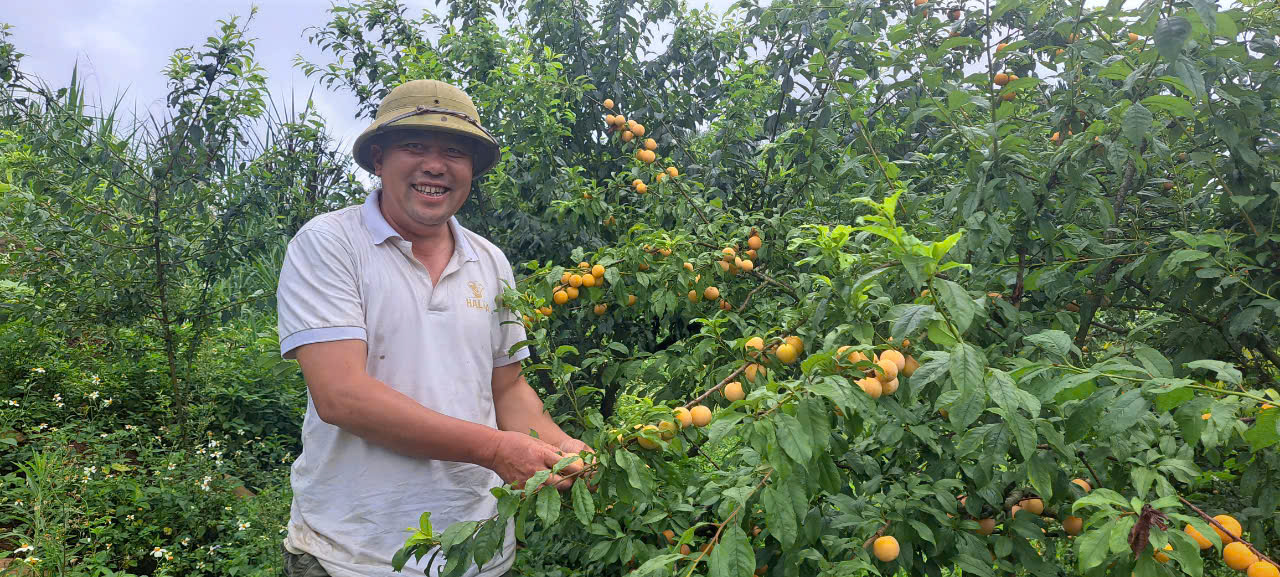
Mr. Trang A Cao (in Hua Tat village, Van Ho commune, Van Ho district, Son La province) boldly develops fruit trees. Photo: PV
After all the hardships, hardships, and sacrifices, the Mong people have gradually regained their former peace. Talking about the past to talk about the present, Mr. Cao understands those difficult days even more. Now Hua Tat village has become an attractive tourist destination in Van Ho district. Moreover, the people also know how to change the crop structure, know how to apply science and technology to production, and gradually improve the lives of the people here.
Mr. Trang A Cao is a pioneer in economic development of Hua Tat village. 30 years ago, he boldly built a corn drying house, then bought a car to go to the fields to buy agricultural products for the people. Not stopping there, he also boldly brought passion fruit, tomato, pear, crispy persimmon trees... to plant in the village. His method has been followed by the Mong people in the village.
Mr. Cao also established the Trang A Cao Agricultural Cooperative, attracting many households to join and join together to develop the economy. Mr. Cao shared, this year my family is expected to harvest 2 tons of pears, 40 tons of tangerines and hundreds of tons of tomatoes, with a revenue of over 2 billion VND. Thanks to boldly changing the way of doing business, the Mong people here have a prosperous life like today.
Mr. Cao’s approach has motivated the Mong people in Van Ho commune to change their crop structure. The opium gardens of the past have been replaced by crispy persimmon trees, tomato trees and plum gardens full of fruit. Now, the opium flower seasons are only in the memories of the elderly. The Mong people in Hua Tat still know how to open their doors to welcome tourists.
From the large opium granary of Son La, now the people of Yen Chau district have created a famous fruit granary. Visiting the family of Mr. Vang A Vang (in Din Chi village, Chieng On commune, Yen Chau district, Son La province), we can see the rapid change of this border village. Next to the corn fields, many off-season plum gardens have bloomed. Mr. Vang has planted 4 hectares of off-season plums, of which 1.5 hectares have been harvested. "In the past, life was difficult and lacking in every way. After many years of struggling with the fields, people have found the right direction which is to grow off-season plums. The harvest of 1 hectare of off-season plums is 10 times higher than that of corn" - Mr. Vang shared.
Not only growing off-season plums, Mr. Vang also boldly borrowed money to invest in buying 3 excavators to do business. Each year, his family's revenue reaches up to billions of VND. Not only Mr. Vang but also many other households in the border area have gradually changed their crop structure. They know how to take advantage of the highlands to grow specialty crops. Accordingly, the number of poor households here has also gradually decreased. As Mr. Lai Huu Hung, Chairman of the People's Committee of Chieng On commune said: "People have boldly brought themselves out of poverty. In 2024 alone, the whole commune had over a hundred households applying to be out of poverty. In the past, this place was an opium barn, now it has become a large fruit barn of Yen Chau district".
The largest fruit orchard in the country
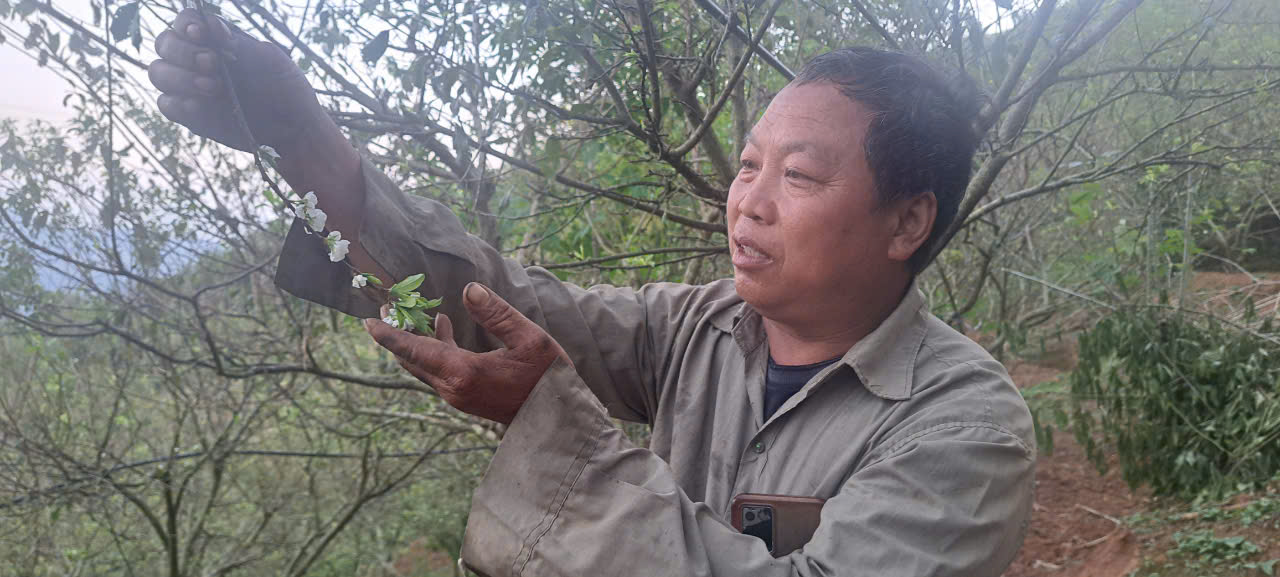
Mr. Vang A Vang (in Din Chi village, Chieng On commune, Yen Chau district, Son La province) handles plums that flower out of season. Photo: PV
In the early winter days, passing through the highland communes of Yen Chau district, it is easy to see that from highland to lowland, everywhere people are discussing ways to develop the economy. Hunger, poverty, and backwardness are gradually being pushed back. The campaign to eradicate opium poppy in the past has been successful. The white smoke that covered the villages no longer exists in this land.
Over the years, the authorities at all levels and the people have worked together to build Son La into the largest fruit orchard in the North. Many support programs, many training sessions and determination to bring new varieties into production such as ripe off-season longan in Song Ma, crispy persimmons grown in Moc Chau, off-season plums grown in highland communes... Each new variety brought to the people carries much hope for the cause of hunger eradication and poverty reduction. Accordingly, the lives of people in the border areas have gradually changed. A new life without social evils is being formed.
According to statistics from the Department of Agriculture and Rural Development of Son La province, the province currently has 82,000 hectares of fruit trees. The Resolution of the Executive Committee of the Son La Provincial Party Committee orients that by 2025, 100,000 hectares can be developed. Son La province currently has 281 growing area codes granted by the Plant Protection Department (Ministry of Agriculture and Rural Development) with over 4,600 hectares of fruit trees and 34 packaging facilities for export.
Along with that, Son La pays special attention to building brands and product labels with 24 agricultural products granted protection certificates by the Department of Intellectual Property. Of these, there are 3 geographical indications: Moc Chau Shan Tuyet tea, Yen Chau district round mango, Son La coffee; along with 18 certified trademarks and 3 collective trademarks.
According to Mr. Nguyen Thanh Cong - Vice Chairman of Son La Provincial People's Committee, to ensure export conditions, Son La will promote the application of clean production processes for crops; focus on applying science and technology in production, pay attention to the harvesting process and post-harvest preservation technology.
The efforts of the local government and the people of Son La province have turned the former opium capital into the largest fruit orchard in the North. The economy of the villagers has gradually stabilized; people and families compete to get rich on their own fruit orchards, so the replanting of opium has long been out of the minds of the people of Son La province.

Source: https://danviet.vn/gia-tu-nhung-mua-hoa-anh-tuc-nong-dan-cao-nguyen-moc-chau-van-ho-tro-thanh-nhung-ty-phu-trong-cay-an-qua-20241107174455843.htm


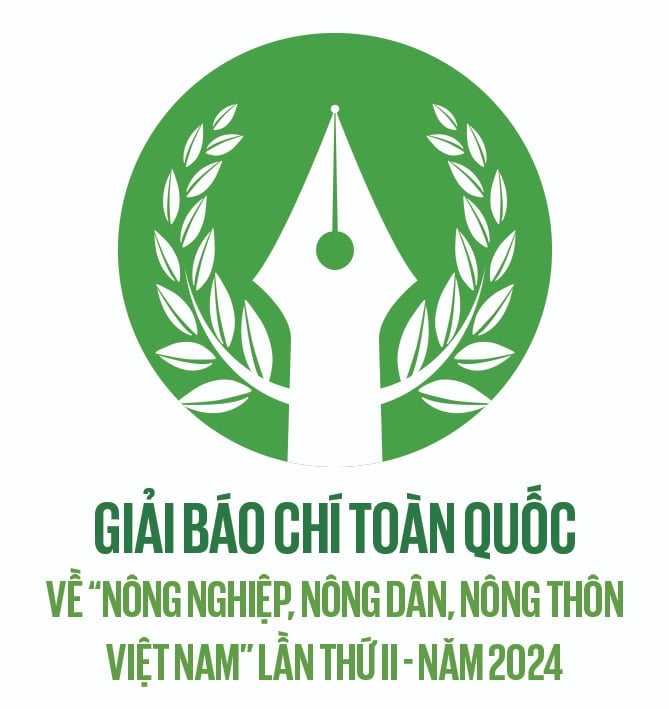




![[Photo] Prime Minister Pham Minh Chinh chairs conference on anti-smuggling, trade fraud, and counterfeit goods](https://vphoto.vietnam.vn/thumb/1200x675/vietnam/resource/IMAGE/2025/5/14/6cd67667e99e4248b7d4f587fd21e37c)





![The Legend of the Pieu Scarf in the Northwest Region [Vietnam Cultural Tourism]](https://vphoto.vietnam.vn/thumb/402x226/vietnam/resource/IMAGE/2025/4/14/ed2ef5ba2d64465e9651e78816007c13)




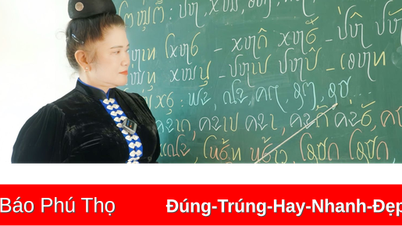
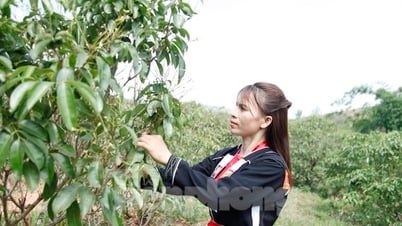

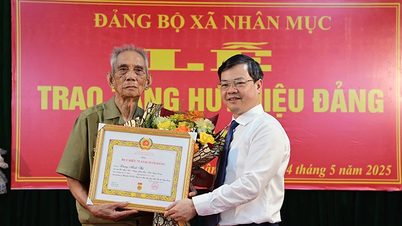

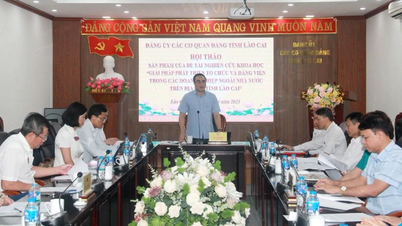

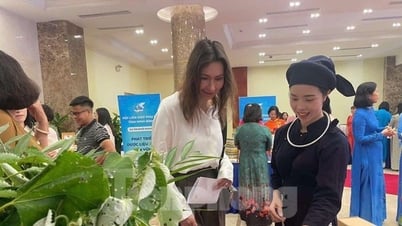
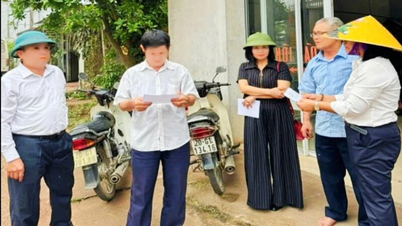






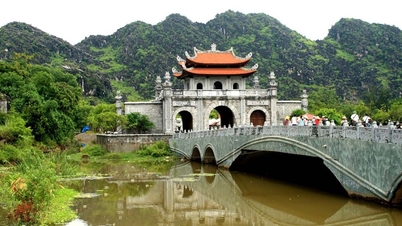
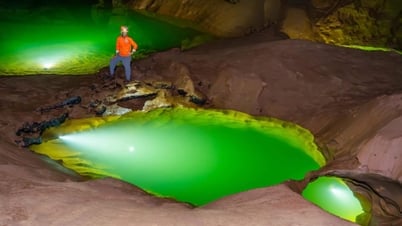
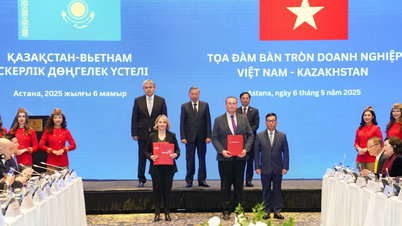


























































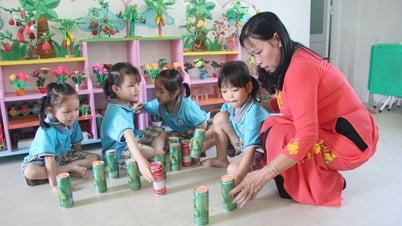









Comment (0)